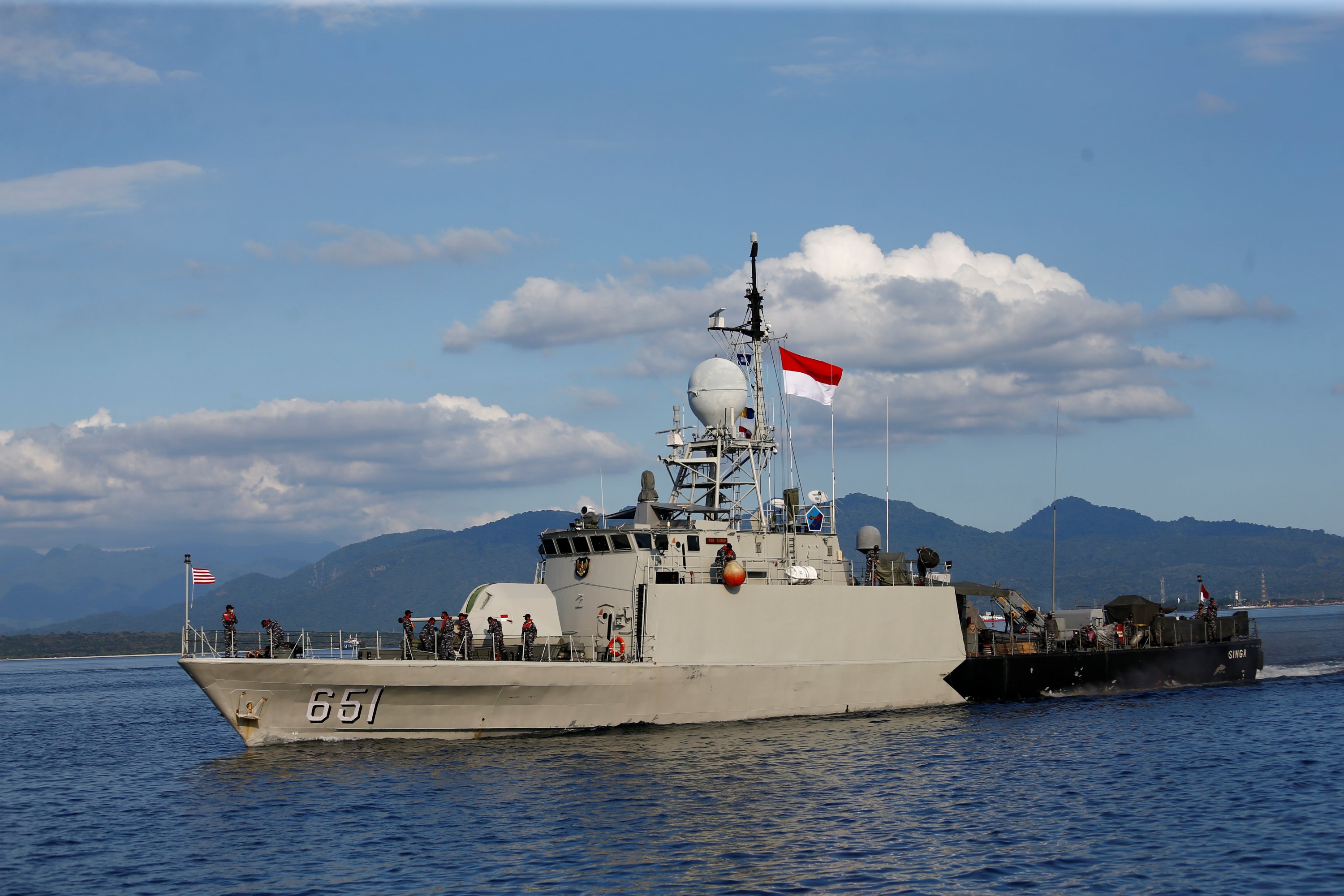
Very few submarines have been fitted with escape pods, but if sailors are trapped in a sunken submarine, there are other ways of getting them out safely.

A collision with another vessel or grounding may be much more serious for a submarine than for a surface ship. Even a small fire or gas leak inside a submerged submarine can have catastrophic consequences. The underwater environment is dangerous one and, therefore, submarines face many perils of the deep. This was what would have led to the submarine hull being broken into three pieces, as preliminary findings indicate. It is highly impractical for a submarine to be designed to withstand a pressure up to 838 metres of water where it was found. In the case of the Indonesian submarine, it was suspected to have a power failure which resulted in the malfunction of some control system and therefore, may have lost control and sunk beyond its crushing depth. What decides the maximum crushing depth of the submarine is generally the thickness of the hull and the type of material. For this reason, every submarine has a diving depth. Each submarine hull is designed to withstand the pressure up to a certain depth, beyond which it would simply crush due to the hydrostatic force at that depth. The pressure hull withstands the hydrostatic pressure at a depth at which the submarine is designed to operate.

The light hull is the outer non-watertight which provides the submarine a hydrodynamically efficient shape.

These are unique structures to hold water in them to enable the submarine maintain buoyancy underwater.
#Missing indonesian navy submarine upgrade
In 2012, the 44-year-old Nanggala underwent a refit or midlife upgrade to extend its serviceability for a few more years.Įvery submarine hull has two major components, the light hull and the pressure hull. The KRI Nanggala 402 was a Cakra class submarine of Type 209/1300 attack submarines developed by Howaldtswerke-Deutsche Werft of Germany, bought and commissioned by the Indonesian Navy in the 1980s. The ill-fated Nanggala, like all submarines in peacetime, trains for war as effectively as possible, in the knowledge that this will contribute to its prevention. The submarine, KRI Nanggala 402, disappeared after it requested permission to dive during a live torpedo firing drill. The Indonesian Navy recently lost a submarine that sank off the coast of Bali, which was found split into three pieces on the seabed, killing all the 53 sailors on board.


 0 kommentar(er)
0 kommentar(er)
